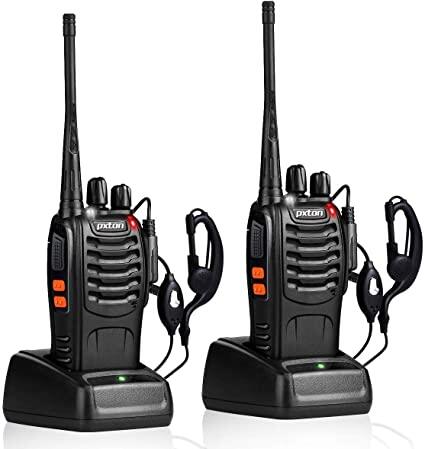Email format error
Email cannot be empty
Email already exists
6-20 characters(letters plus numbers only)
The password is inconsistent
Email format error
Email cannot be empty
Email does not exist
6-20 characters(letters plus numbers only)
The password is inconsistent

The zello phone, also called walkie-talkie, is a two-way mobile communication tool. It can make calls without any network support. There is no call charge. It is suitable for relatively fixed and frequent calls. With the development of phone, the zello phone has been replaced, but in some industry, or some remote area, it is widely used. Today, as a wholesale oem zello phone exporter, factory, supplier and manufacturer, let’s introduce walkie talkie to you.

Analog walkie-talkie is an analog walkie-talkie (also called traditional walkie-talkie) designed with analog communication technology. It modulates the stored signal to the transmission frequency of the walkie-talkie.
Digital walkie-talkie is a digital walkie-talkie designed with digital technology. The digital walkie-talkie digitizes the voice signal and transmits it in the form of digital coding, that is, all modulations on the transmission frequency of the walkie-talkie are digital.
The IP walkie-talkie, as the name suggests, uses the data channel of mobile communication to digitize and compress the voice, and then send it out via the existing public mobile data network to form a trunking communication system.
The phase-locked loop and voltage-controlled oscillator (VCO) generate the transmitted radio frequency carrier signal, which is buffered and amplified, stimulated and amplified, and power amplifier is used to generate rated radio frequency power. After passing through the antenna low-pass filter, the harmonic components are suppressed, and then transmitted through the antenna .
The receiving part mixes the amplified signal from the radio frequency with the first local oscillator signal from the phase-locked loop frequency synthesizer circuit at the first mixer and generates a first intermediate frequency signal. The first intermediate frequency signal passes through the crystal filter to further eliminate the clutter signal of the adjacent channel. The filtered first intermediate frequency signal enters the intermediate frequency processing chip, and is mixed again with the second local oscillator signal to generate a second intermediate frequency signal. The second intermediate frequency signal is amplified and discriminated after filtering out unnecessary spurious signals through a ceramic filter. Generate audio signals. The audio signal passes through circuits such as amplification, band-pass filter, and de-emphasis, enters the volume control circuit and power amplifier for amplification, drives the speaker, and obtains the information that people need.
Human voice is converted into audio telecommunication through a microphone.
The CTCSS/CDCSS signal generated by the CPU is amplified and adjusted, and then enters the voltage-controlled oscillator for modulation. After receiving the low frequency signal obtained after frequency discrimination, a part of it is amplified and sub-audio band-pass filter for filtering and shaping, enters the CPU, and compares with the preset value, and the result is controlled by the output of the audio power amplifier and the speaker. That is, if it is the same as the preset value, turn on the speaker; if it is different, turn off the speaker.